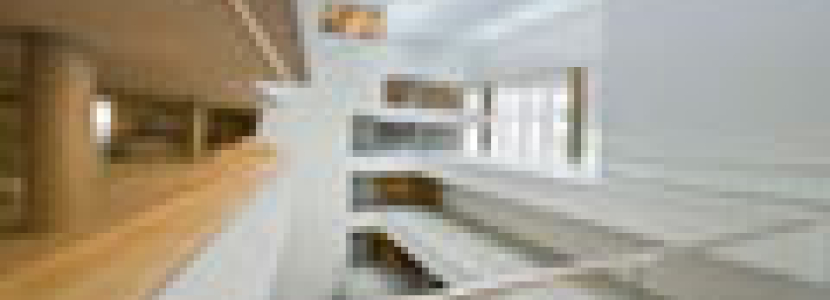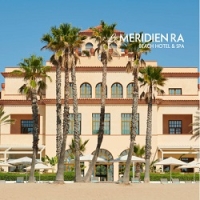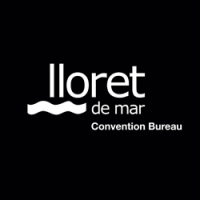
Two hundred and thirty-five delegates from 15 countries participated in the 4th International Experimental Archaeology Congress.
Experts in archaeology and archaeological park management, from 15 countries, met in Burgos for the 4th International Experimental Archaeology Congress – organized by the Museum of Human Evolution (MEH), Experimenta (Spanish Association of Experimental Archaeological), the Autonomous University of Madrid and EXARC (network for professionals working in the field of outdoor archaeological parks and experimental archaeology), and with the collaboration of the regional government of Castile and Leon, the Atapuerca Foundation, Burgos University and the Spanish Association for Quaternary Research – held from 8-10 May 2014.
Forty-two delegates, 18% of the total number, came from abroad, and 75 communications and 15 posters were presented.
According to the organizers, it has been the world’s "largest" congress to date in the field of experimental archaeology.
Delegates from France, Poland, Portugal, Latvia, Russia, Ireland, Holland, Azerbaijan, Romania, Great Britain, Greece, Mexico, Italy, USA and Spain discussed and shared ideas and experiences at a congress that has meant a further step in the internationalization of Burgos, MEH, and the Atapuerca archaeological site, declared a World Heritage Site, and the consolidation of the city as a meeting and event destination.
In addition to technical and work sessions, a series of activities keyed to the general public were designed, searching for that pairing of research and dissemination, since experimental archaeology is regarded as an excellent tool for bringing science closer to the public.
The congress had its own free app (ICEA) allowing delegates access to information relating to the meeting, including sessions times, keynote speaker bios and programmed activities.
Among other activities, the congress’ programme featured a conference entitled, "What is experimental archaeology?" delivered by Javier Baena, professor of prehistory at the Autonomous University of Madrid. There were also a number of experimental demonstrations revolving around the world’s first metalworkers with the manufacture of Palmela points, given by Diego Martín Puig and Daniel Rubio Gil (Arqueodidat), Solutrense arrowheads or the appearance of handicrafts, given by Baena (Autonomous University of Madrid).




